This is how I came up with the mystery premise in “A Whisper Came,” book 1 in the Cape Cod Mystery series.
There is something about the ocean that lends itself to mystery. Whether it’s the isolation of deserted beaches or the strange sound of the wind whistling through tall sea grasses, the area lends itself to a sense of uncertainty and mystery.
I live in Chatham, Massachusetts, at the elbow of Cape Cod. It has the distinction of being surrounded on three sides by salt water: Nantucket Sound, Pleasant Bay, and the Atlantic Ocean. It was founded in 1664 and incorporated in 1712. For American towns, this is old.
Along with the passing centuries has come a litany of shipwrecks off Cape Cod—estimated at 3,500—and, of course, legends. Dotting the cape are 14 lighthouses, though many are not operational.
In 2019, I toured the decommissioned lighthouse on Monomoy Island off Chatham. I had driven my boat past the lighthouse many times over the years but never set foot on the island. The Monomoy lighthouse and keeper’s house are used by the US Wildlife Service to study migratory seabird and resident seal populations.
During the tour, I was surprised by the utter isolation of the lighthouse. It took us nearly a half-hour to walk across the deserted island to reach the lighthouse and keeper’s house. We were allowed to climb to the top of the lighthouse, but there was nothing to see but sand, scrub brush, and the ocean. It was beautiful but oddly intimidating because of its isolation.
During the visit, our Wildlife Service guide chuckled when he mentioned that some researchers at the keeper’s house felt the building was haunted.
For a mystery writer, there’s nothing more intriguing than a hint of spectral disturbances in this setting. After returning to the mainland, I researched the history of this area of Monomoy Island and found unsubstantiated rumors of murders that occurred near the lighthouse in the 1860s. Several legends about ghosts on the island also provided a perfect plot twist.
As a former journalist, I decided to write a modern story involving a young reporter named Stacie Davis sent to Chatham to cover the story of an unidentified woman’s body found floating off the island of Monomoy. The fact that the woman’s body wore clothing from another era added just the right amount of intrigue.
Stacie, the lead character in “Whisper,” is a young reporter at the low end of her newspaper’s totem pole. As a general-assignment reporter, she is given a variety of stories that test her mettle. She’s not happy to be sent on the 90-mile drive to Chatham from Boston, but she’s also keen to prove she can handle any story.
I work closely with my wife, Denise, when revising a manuscript. Perhaps it’s her training as a psychologist, but she was instrumental in bringing authenticity and toughness to Stacie’s character. We have worked together on ten novels, and I always take her advice on improving character development, plot pacing, and romance (of course).
The reception for “A Whisper Came” was much stronger than I anticipated. Our local bookstore here in Chatham sells quite a few paperbacks, and I’ve just finished “Dead In The Water,” book 2 in the Cape Cod Mystery series with intrepid reporter Stacie Davis.
I can’t wait to see what trouble Stacie will get into in book 3. She’s one tough cookie.
A Whisper Came
Stacie, a young, ambitious reporter, is sent to Chatham on Cape Cod to follow up on the body of an unidentified woman found floating nearby. Over the centuries, Cape Cod has been the site of thousands of shipwrecks, leaving the sandy shore littered with debris, legends, and ghost stories. Stacie’s editors encourage her to dig into the mix of Chatham’s quirky residents and to write about the mysteries surrounding the old Monomoy Point Lighthouse. On a lark, she makes a nighttime visit to the lighthouse with a young charter boat captain and, in the process, stumbles tragically into a dark mystery that forces her to question her sanity and the truth buried in a legend.
Amazon: https://www.amazon.com/dp/B093TJR9QC
B/N: https://www.barnesandnoble.com/w/a-whisper-came-keith-yocum/1139508965
Ibooks: https://books.apple.com/us/book/id1570048192
Google iPlay: https://play.google.com/store/books/details?id=uvNWEAAAQBAJ&pli=1
Keith Yocum is a former journalist and business executive who has worked for publications including The Boston Globe and The New England Journal of Medicine. He lives on Cape Cod and is the author of ten novels. He welcomes feedback at http://www.keithyocum.com.
https://www.facebook.com/yocum.keith/



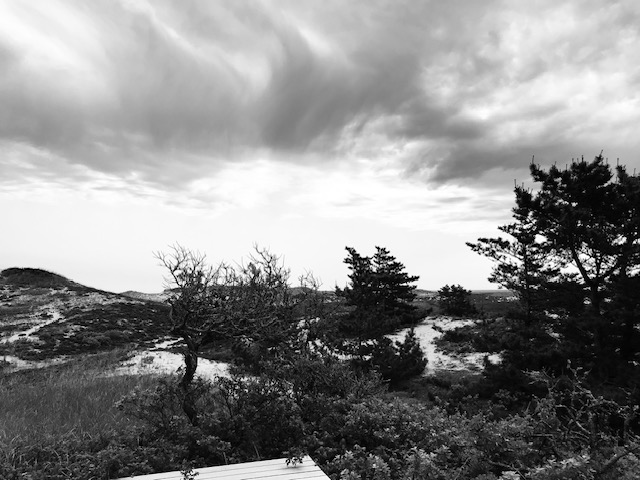
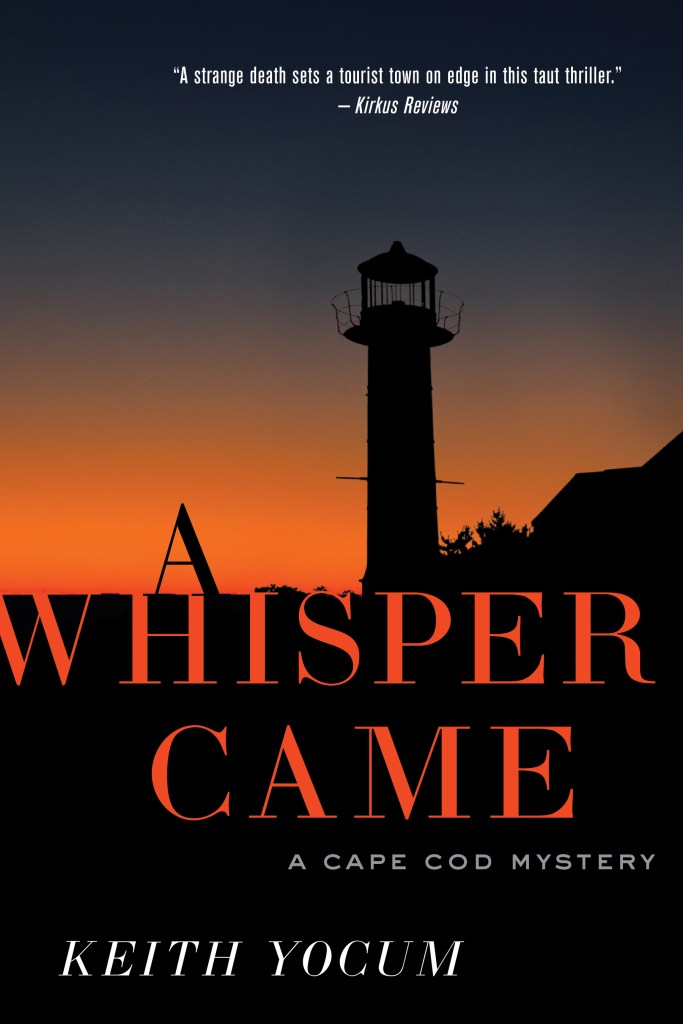
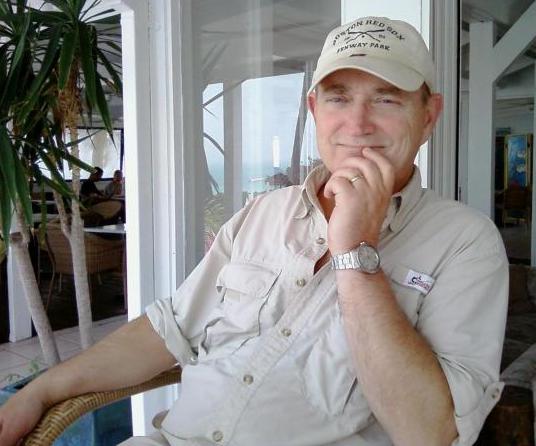
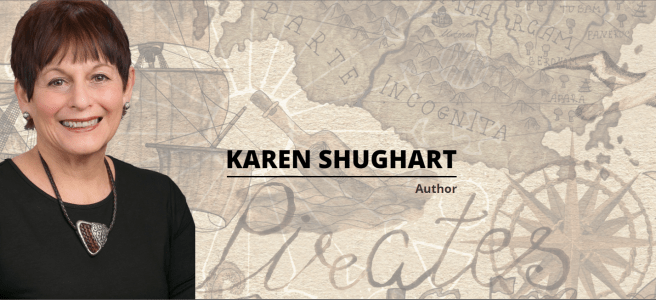
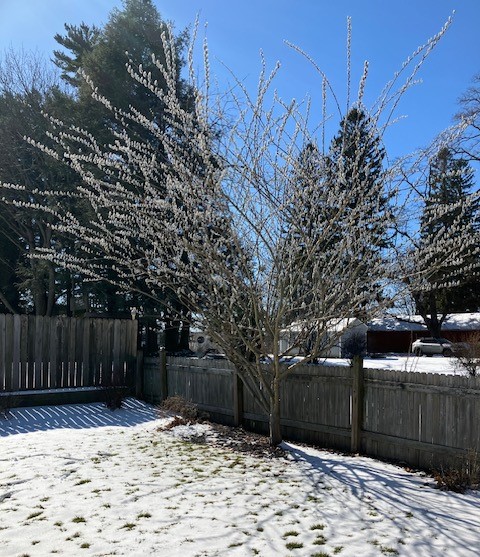




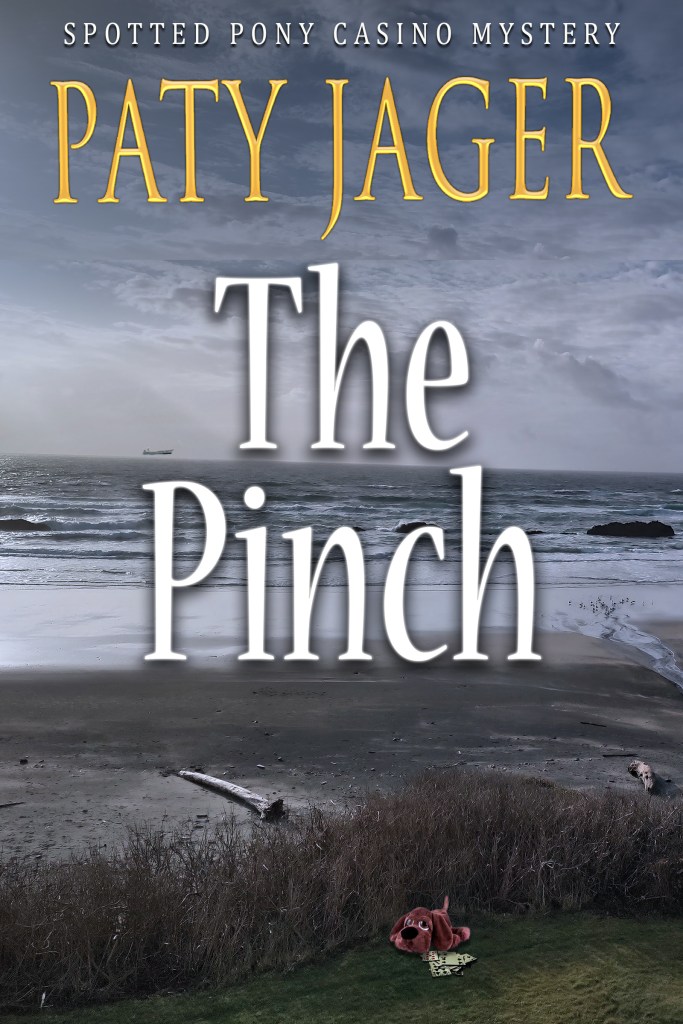
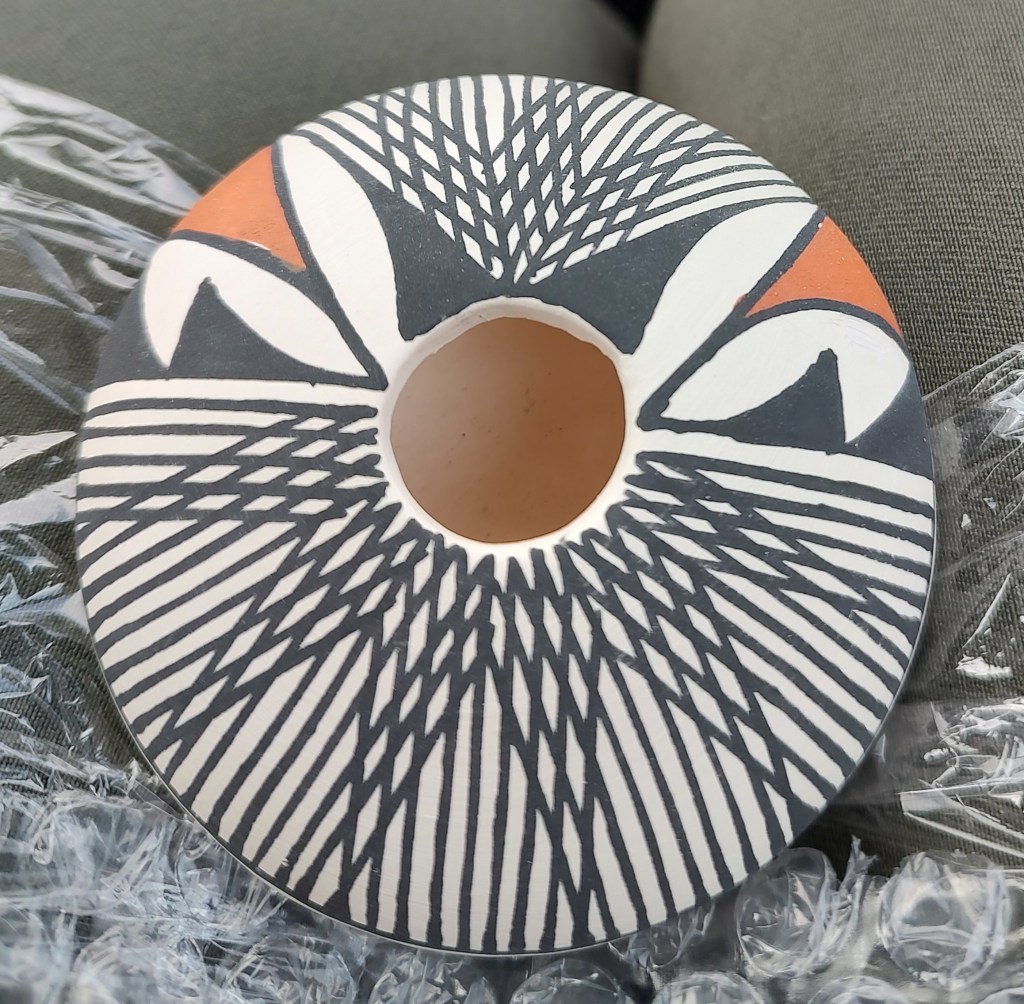


You must be logged in to post a comment.